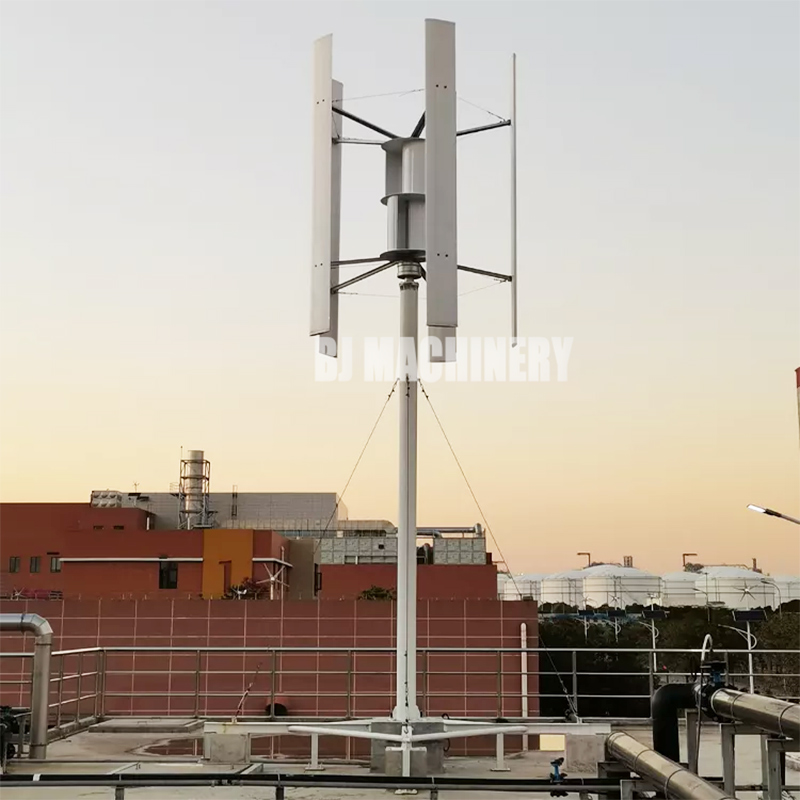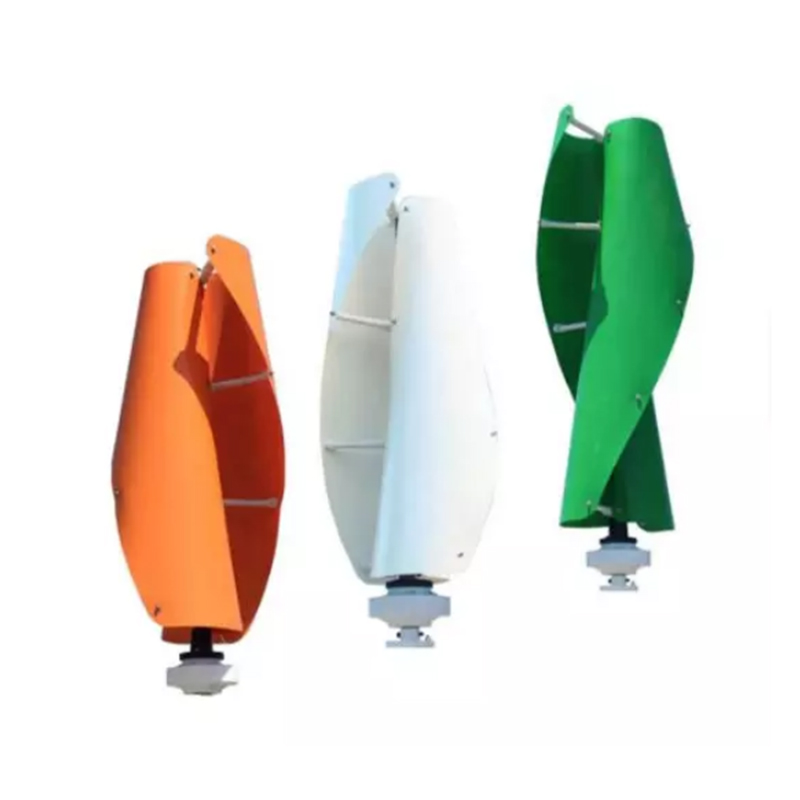2kw 3kw 5kw 10kw 20kw 30kw 50kw 220V 380V on Grid off Grid Renewable Energy System Vertical Wind Energy Turbine Generator
Product Description
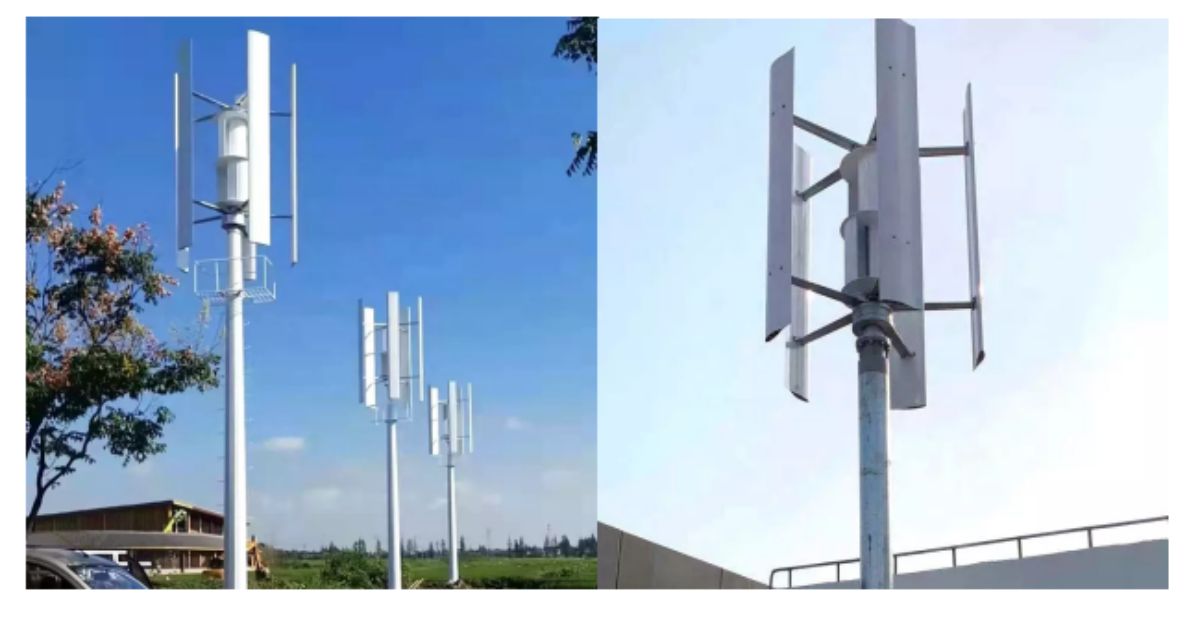
A vertical wind turbine (VAWT) is a type of wind turbine where the main rotor shaft is set vertically, as opposed to the more common horizontal wind turbines (HAWT), which have a horizontal main shaft.In a VAWT, the rotor blades are attached to the central vertical shaft and the turbine can spin regardless of the wind direction.
The blades can have a variety of shapes, such as straight, curved or twisted, and can be made from various materials including aluminum, fiberglass or carbon fiber.
VAWTs have several advantages over HAWTs, including simpler design and construction, and they can be installed in areas with lower wind speeds. Additionally, they produce less noise and vibration, and are less harmful to birds and bats.
However, VAWTs also have some disadvantages, including lower efficiency compared to HAWTs, due to the vertical orientation of the rotor blades, and a higher cost of maintenance due to the more complex mechanism of the turbine.
Wind turbine installation can be a complex process that requires careful planning and execution.
Here is a brief overview of the wind turbine installation process:
1. Site selection: the first step along with adequate spacing requirements for the turbine tower. Factors such as proximity to electrical infrastructure and accessibility for construction equipment should also be considered.
2. Foundation Construction: A foundation is required for the turbine tower, and the type of foundation used will depend on the site conditions. Common foundation types include concrete and steel pilings, or a combination of both. The foundation must be strong, stable, and durable, and able to withstand the weight of the tower and blades.
3. Tower Erection: The tower for a wind turbine may range from 30-100 meters in height and will require a crane for installation. The tower is typically constructed in sections and then assembled on-site.
4. Nacelle and Blade Assembly: Once the tower is erected, the nacelle and blades can be installed. The nacelle is the housing for the turbine gearbox, generator, and other components required for power generation. The blades must be installed carefully to ensure they are properly oriented to the wind direction.
5. Electrical Connection: Finally, electrical cables must be connected from the turbine to the power grid. This may require upgrading or expansion of the existing electrical infrastructure to accommodate the new wind turbine.
Overall, the installation of a wind turbine requires careful planning and execution to ensure the best possible utilization of wind energy. Proper maintenance is also essential to ensure the turbine operates safely and efficiently for many years to come.
Generator parameter table
|
Product Name |
Wind Turbines |
|
Power range |
300W-3000W |
|
Rated voltage |
12V-220V |
|
Start wind speed |
2.5m/s |
|
Rated wind speed |
12m/s |
|
Safe wind speed |
45m/s |
|
Fan height |
>1m |
|
Fan diameter |
>0.4m |
|
Fan blade quantity |
costom |
|
Fan blade material |
Composite material |
|
Generator type |
Three-phase AC permanent magnet generator/disc maglev |
|
Brake method |
Electromagnetic |
|
Wind direction adjustment |
Automatic adjustment to windward |
|
Operating temperature |
-30℃~70℃ |
Product details
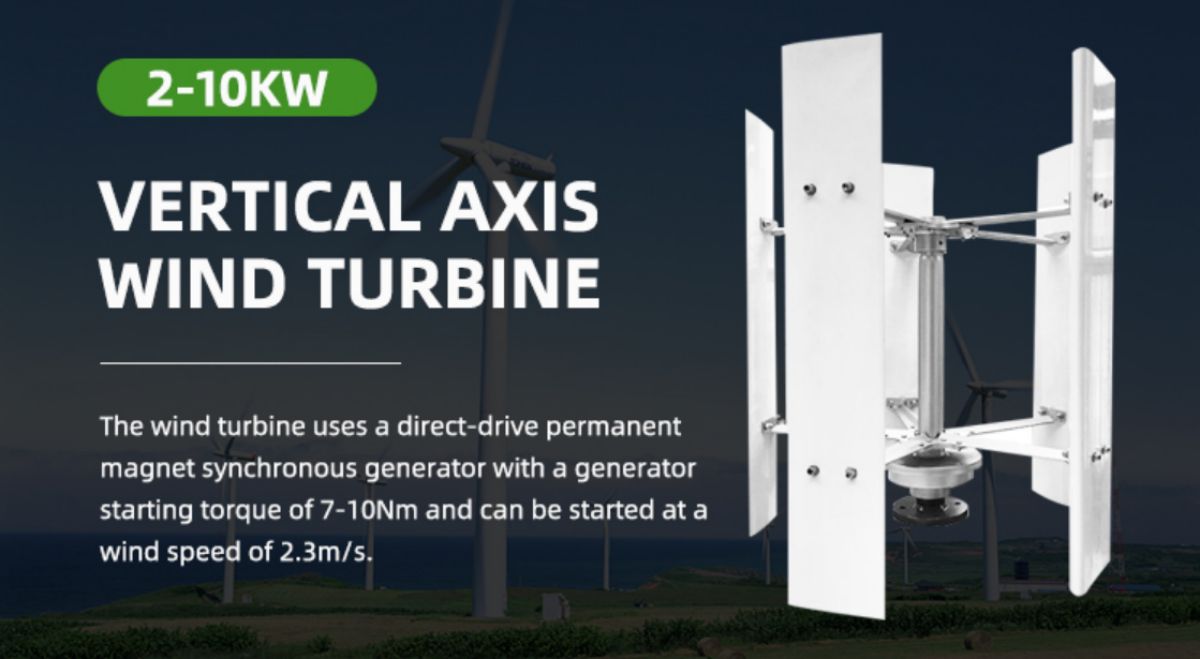
A vertical wind turbine does not need to adjust to the wind direction when it changes, which is a major advantage over a horizontal wind turbine. This not only simplifies the structural design but also reduces the gyroscopic force on the wind rotor.
Product Description
A vertical wind turbine (VAWT) is a type of wind turbine where the main rotor shaft is set vertically, as opposed to the more common horizontal wind turbines (HAWT), which have a horizontal main shaft.In a VAWT, the rotor blades are attached to the central vertical shaft and the turbine can spin regardless of the wind direction.
The blades can have a variety of shapes, such as straight, curved or twisted, and can be made from various materials including aluminum, fiberglass or carbon fiber.
VAWTs have several advantages over HAWTs, including simpler design and construction, and they can be installed in areas with lower wind speeds. Additionally, they produce less noise and vibration, and are less harmful to birds and bats.
However, VAWTs also have some disadvantages, including lower efficiency compared to HAWTs, due to the vertical orientation of the rotor blades, and a higher cost of maintenance due to the more complex mechanism of the turbine.
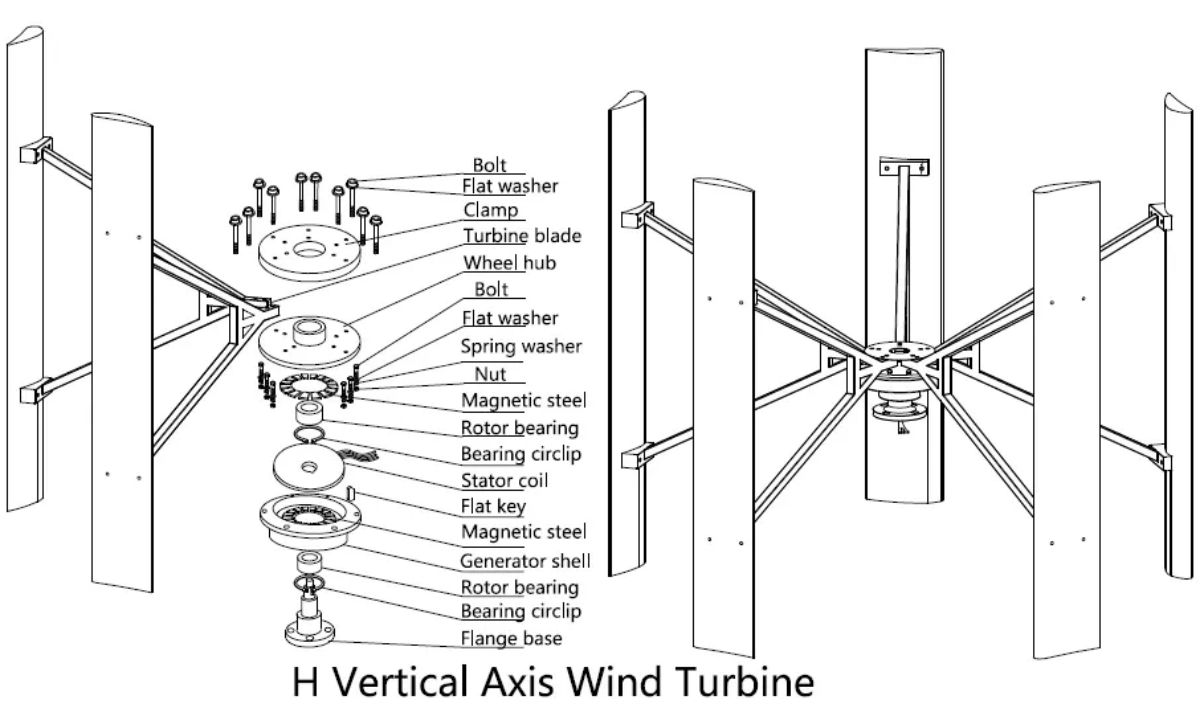
Advantages of wind energy
* Clean energy
Wind energy is one of the cleanest energy sources. Generating energy using wind turbinesdoes not emit any greenhouse gases.
* Renewable
Wind energy is a renewable energy resource, meaning that the source of energy is not depleted when it is used. So, as we use wind energy we don’t decrease the amount of wind available.
*Space efficient
Wind turbines can’t be placed too close to one another, which is what makes solar farms so large. The wind turbines
themselve,however, don’t take up that much space.
*Low-cost energy
Wind is free! Turbines also have relatively low operating costs once they are erected, and need little maintenance.
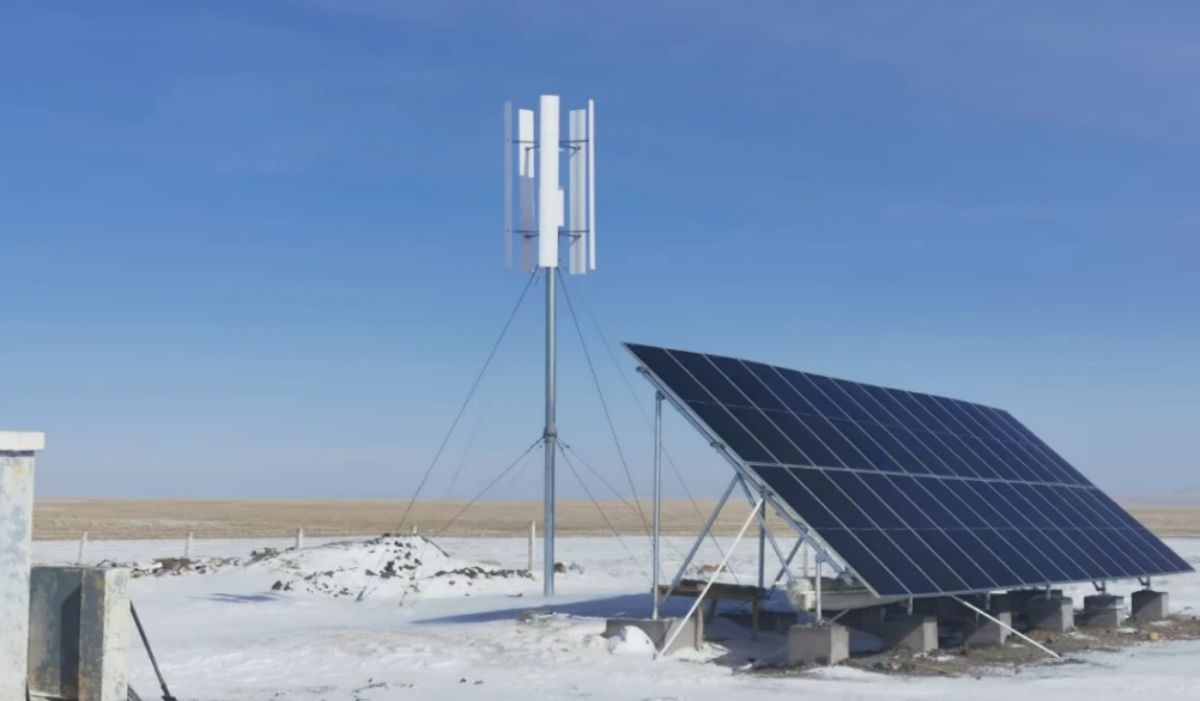
Schematic diagram
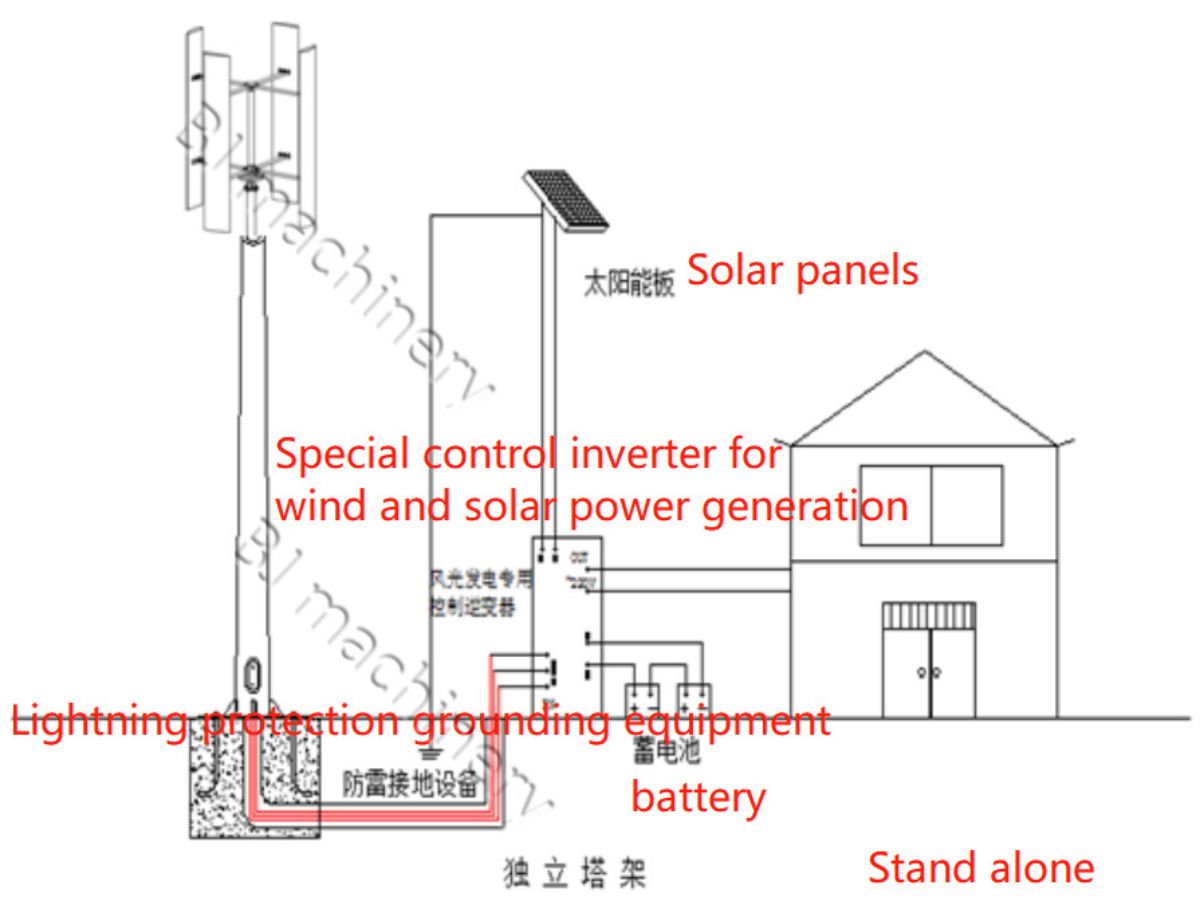
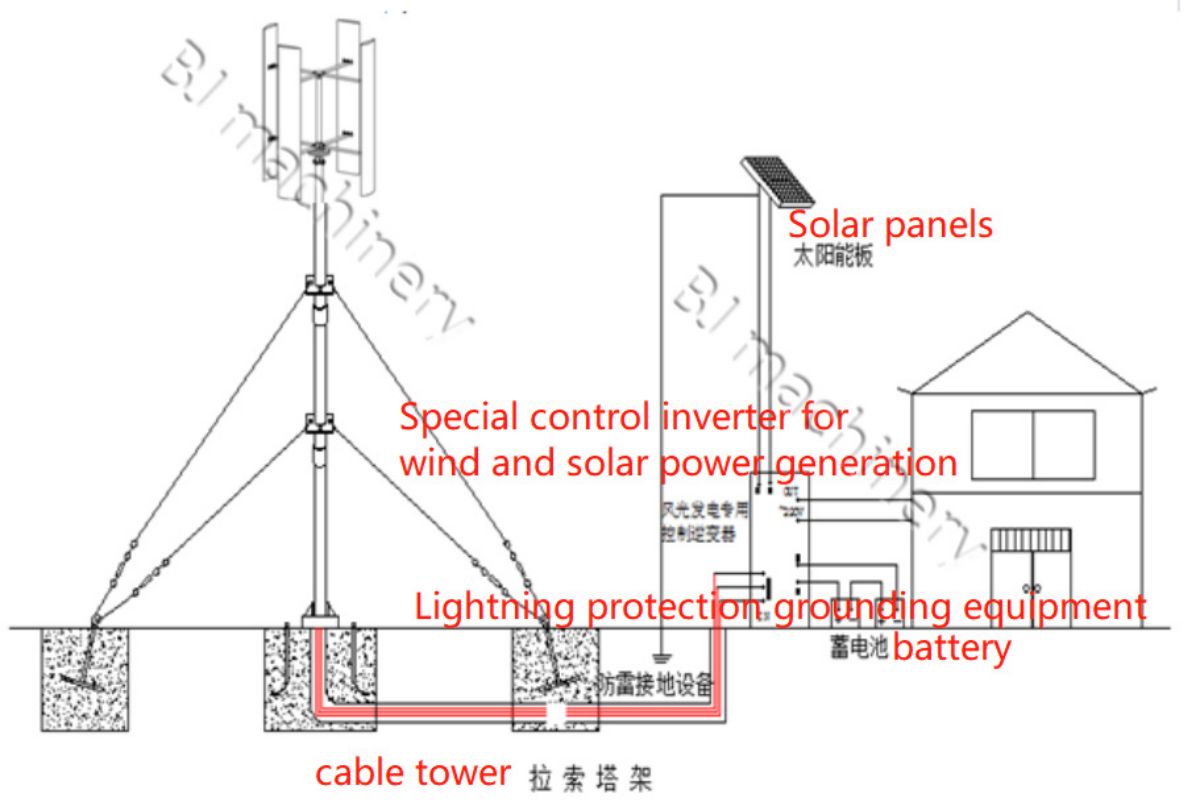
Vertical wind turbines are mainly used for power generation and are a new type of clean energy.
They harness the power of wind in the atmosphere to generate efficient, reliable, and renewable energy.
At present, this technology has been widely used in residential buildings, public buildings and factory facilities to reduce dependence on traditional energy sources.
Installation case sharing
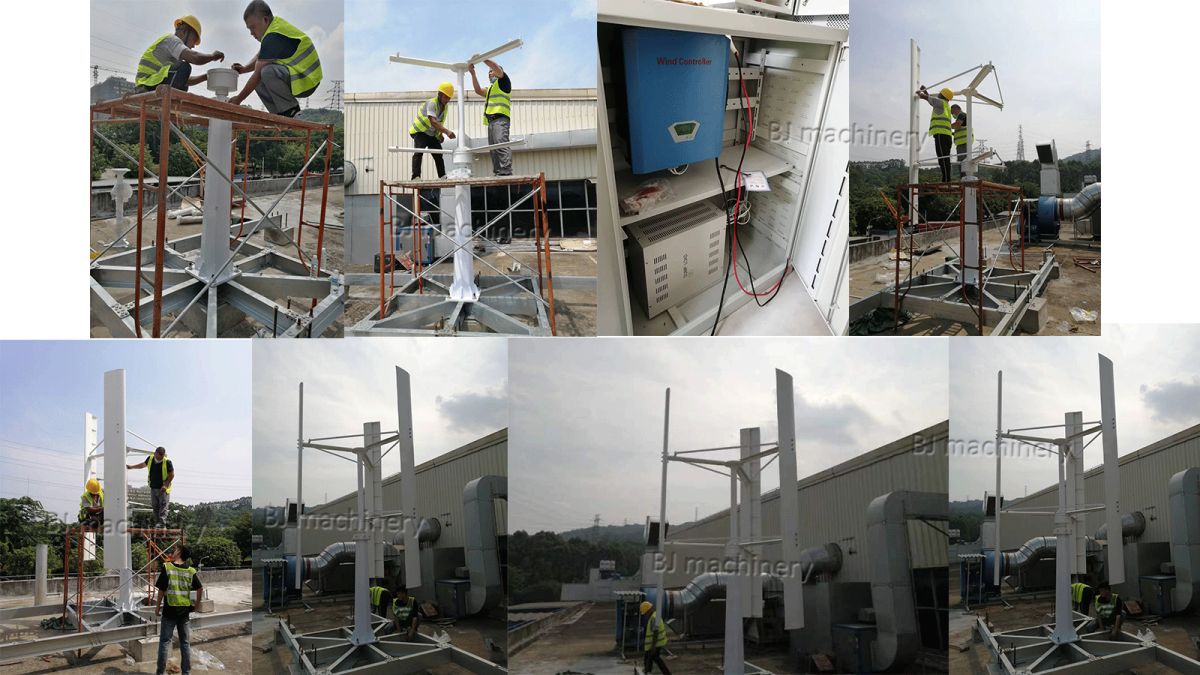
The development trend of vertical wind turbines is very optimistic.
In recent years, with the continuous maturity of the technology and the continuous improvement of the manufacturing process, its application scenarios have been greatly expanded, making it more extensive and easier to deploy.
At the same time, vertical wind turbines are also an important supplement for low-carbon emission reduction, ecological protection and diversified energy supply.
Application
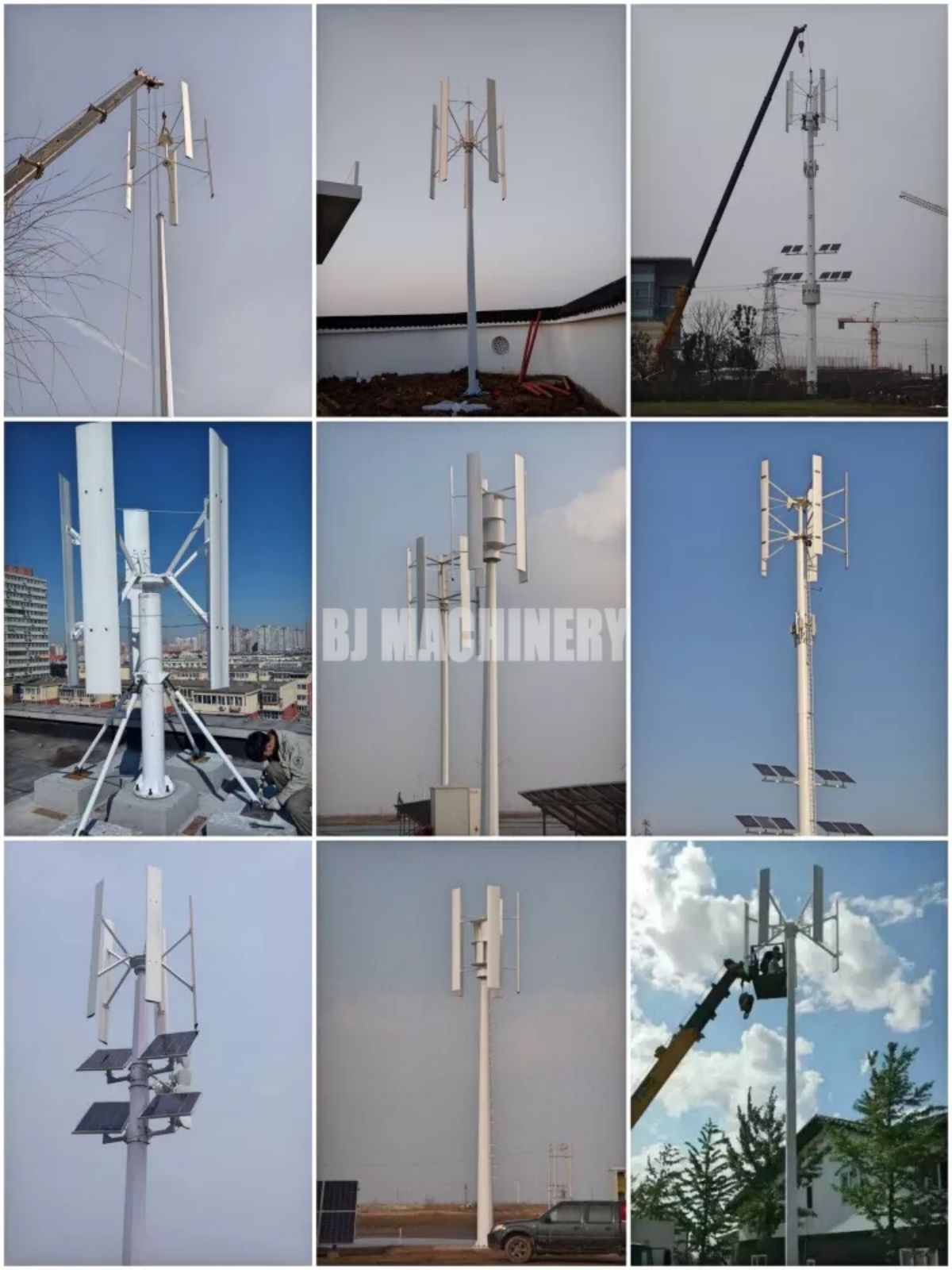
Packaging and Shipping
It is packed and fixed in wooden boxes to ensure that the products can reach customers safely after long-distance transportation.
The product has been debugged before leaving the factory, and the customer can use it normally after receiving the product.
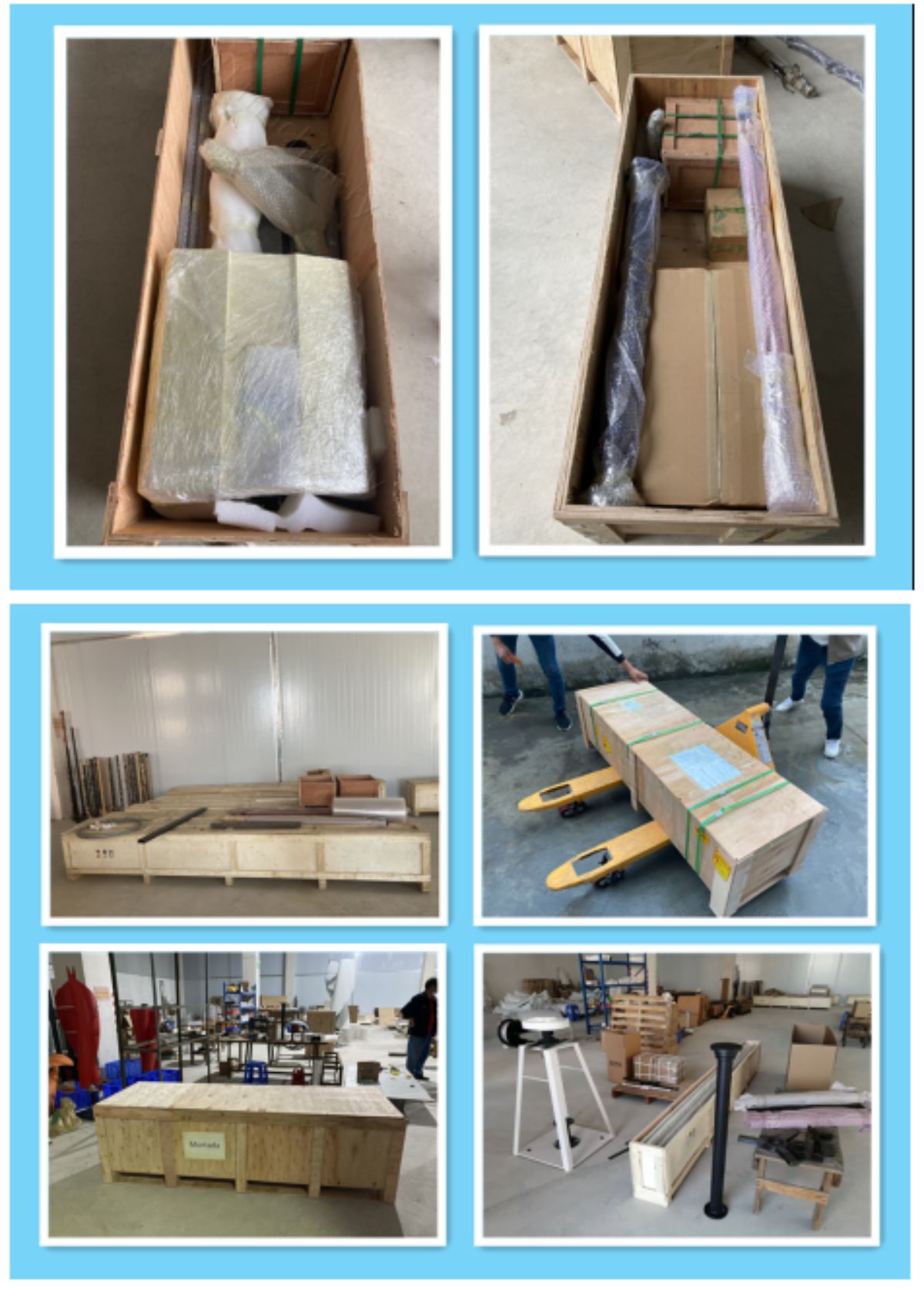
FAQ
Q1:Which model wind generator is suitable for me?
A1: Please contact with our sales, BOJIN will help you choose the most suitable model for you.
Q2:What about the delivery?
A2: If the model of wind turbine you need is in stock, BOJIN can delivery wind generator in 10days to 25days after receiving your payment, and BOJIN can help you ship all over the world.
Q3: Which style of wind generator do you produce?
A3: BOJIN can produce both on grid and off grid, horizon style and vertical style. Also, BOJIN supply full set of solar energy system, solar and wind hybrid system, and solar pump system, etc.,
Q4: Does installation Easy ?
A5: Very easy, every customer can do it by themselves, BOJIN will supply all the components for installation and detailed installation manual for your reference.





